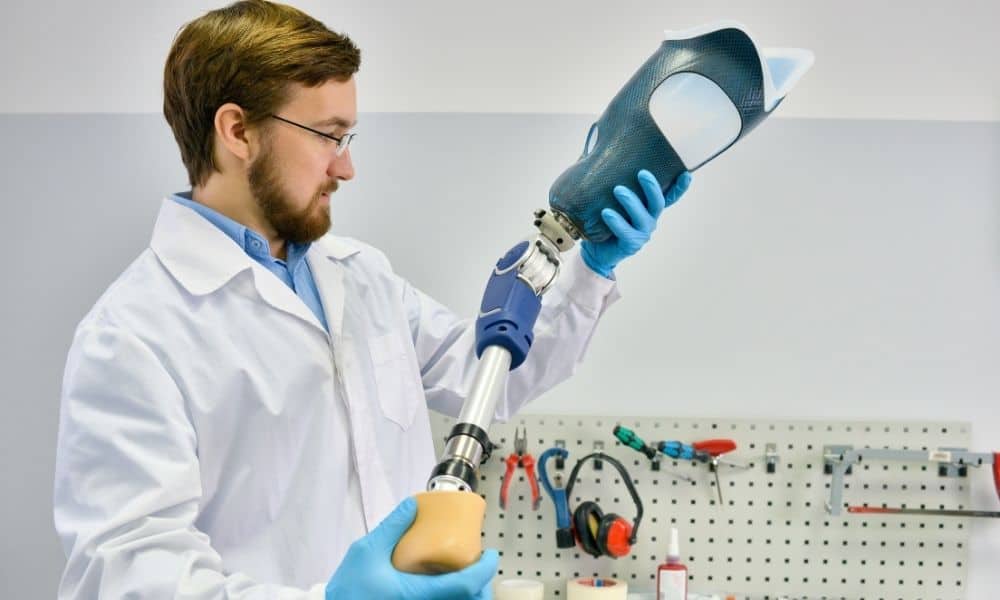Prosthetics have improved the lives of amputees since antiquity—from general Marcus Sergius’ ancient Roman hands made of iron to the Marquess of Anglesey’s famous wood and steel leg given during the Battle of Waterloo.
Our modern prosthetics have come a long way from iron and wood for greater mobility and comfort. However, technological advances come with a cost, which can impact their availability. Knowing the factors that impact the cost of prosthetics will help mitigate their effects to get prosthetics to those who need them.
Type of Amputation
Every injury is unique, so every patient needs a custom-made prosthetic. So naturally, some amputations will be more expensive to create a prosthetic for than others. For instance, if a patient loses a leg below the knee, their prosthetic will not require all the additional parts to make a movable knee joint. This allows for a less costly prosthetic.
Type of Prosthetic
With the wide variety of injuries possible, many prosthetics are available, some of which are more costly than others.
As one might imagine, the simpler the model, the less costly it is. For instance, purely functional limbs are less expensive than ones built to look natural. Cable-controlled limbs will also be more expensive than ones controlled by the existing muscles.
Fortunately, technological advances in prosthetic production can drive down the price of even more complex prosthetics. Allowing hospitals to use 3D printers to create limbs quickly and efficiently is one of the benefits of CNC machining in medicine.
How Quickly the Prosthetic Was Received
According to a recent study, the medical professional’s actions over a case are factors impacting the cost of prosthetics as much as the prosthetic itself.
Those who receive a prosthetic earlier, within three months, tend to have a lower cost than those delayed in receiving their prosthetic. In fact, those who received their prosthetics late faced costs similar to those who did not receive one at all, about a 25 percent increase.
By acting quickly to get this invaluable technology into the hands of those who need it, we can help reduce costs for patients.








